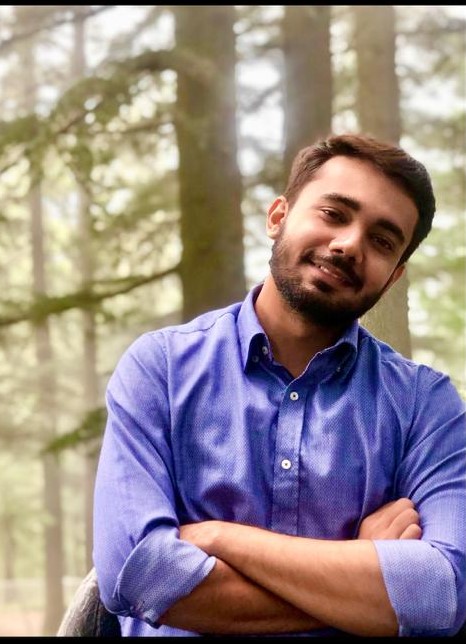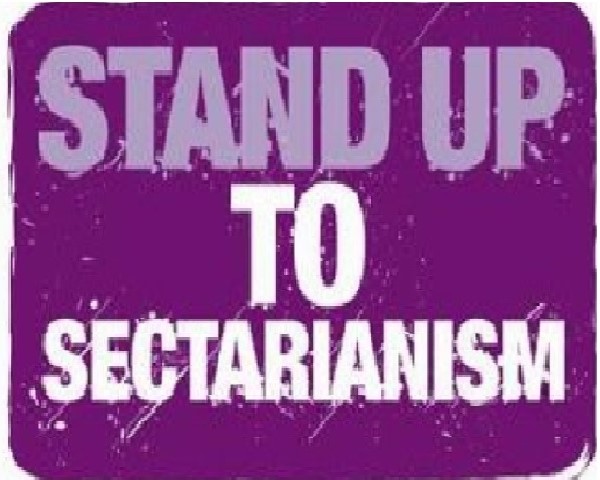Muhammad Ali Jinnah was once asked by a man whether he was a Sunni or Shia. His response came in a furious tone as he asked the man to call him just a Muslim. Pakistan’s founder was a staunch opponent of sectarianism that’s why his trademark had the word Unity in it. But today, Jinnah’s Pakistan has been subjected to sectarian divisions more than it ever was.
Last month tens of thousands of people rallied together in Karachi against the Shiite community which has sparked tensions among people for a new wave of sectarian violence in Pakistan. The demonstrators protested in front of the tomb of Jinnah in Karachi where they chanted “Shia Kafir” (Infidels Shia) against the Shiite community of Pakistan. The rally was aimed against the blasphemous attitude carried out by Shias in the month of August 2020. The protestors accused major Shiite leaders for vilifying the remarkable historic figures of Islam during Ashura processions. These protests had come after the local police reported at least 40 cases of blasphemy during the month of Muharram 1441.
The Sunni Muslims defame Shias for disrespecting their historic Islamic figures which has become the major bone of contention between both the sects. A Shiite has to go through sectarian hatred in Pakistan even if he/she is not involved in disparaging any Islamic figure. They have been subjected to sectarian violence in Pakistan from a very long time and this is not a foreign concept in Pakistan now
Since the beginning of Muharram 1441 (2020), bitterness towards the Shiite community has surged to a great extent. Certain incidents have made rounds on social media for being violent in their nature. Shias have been forced to assert their respect for certain Islamic personalities.
It seems almost similar to Hindus forcing Kashmiri Muslims to chant JAI HIND or JAIR SHRI RAAM. Shias have been subjected to mod raids for showcasing their controversial or immoral beliefs publicly on social media. The worst and most absurd incident has been an FIR lodged against a three years old boy for conducting a MAJLIS. Shias have faced open and public harassments going to or coming back from their Majaalis
The list does not stop here. There have been more severe offences during the month of Muharram 1441. A National Bank Branch Manager, Syed Raza Hussain Naqvi was shot dead in broad daylight in Islamabad just because he was a Shia. People from Shia sect claimed that the murderers belonged to Sipa-e-Sihaba Pakistan.
The list of sectarian violence in just the month of September 2020 is a long one including the murder of Qaiser Imran from Kohat, the attack on an Ashura procession in Okara, the violation of an Imambargah in the Lines Area, or the detainment of some dozen Shia Ulma.
This sectarian rift has surged after two special activities that Shias carry out during the month of Ashura apart from the alleged blasphemy cases on them this year. First, the event named Tabbarra in which Shias curse the opponents of Muhammad and his family. Second incident took place in Ziarat where they recite Ziarat-e-Ashura (sending prayers) to the fourth Caliph of Islam; Imam Ali. They also send God’s curse on Yazid, Muawaiyah and Abu Sufyan.
The major reason for the surge in sectarian violence this year was these two events during which police accused Shias of 40 blasphemy incidents during their Ashura processions. Going a little back in time, around 4847 Shias were killed between 2001 and 2018 under the name of sectarian violence in Pakistan. Some databases reports as much as 10,000 innocent lives being subjected to sectarian rifts in Pakistan during this period. These statistics clearly show the over ignorance for the Shia lives in Pakistan and the failure of the state to protect its minorities specially Shias.
The sectarian violence in Pakistan dates back to the 1990s after the Iranian Revolution of 1979. The Sunnis and Shias carried out tit-for-tat killings against each other with Shias backed by Iran and Sunnis backed by Saudi Arabia. Pakistan basically became the center of a proxy war between Iran and Saudi Arabia and it formed the basis of sectarianism in Pakistan.
Before the Iranian Revolution, certain extremist Shias formed militant groups against the pro-Sunni Islamization policies of Zia-Ul-Haq. But, sectarianism Surged during the 1990s at the most in Pakistan with the formation of (now) a banned outfit declared by UN.
Being a security state, certain religious organizations enjoy liberties that no other state allows their religious organizations to have. The freedom to assemble, engages in hate speech, ignite sectarian and religious violence, run for public offices and even become members of Parliament are some perks enjoyed in Pakistan.
The State of Pakistan has clearly failed to terminate the sectarian violence. For example, the recently passed Tahaffuz-e-Bunyaad-Islam bill was designed by an All-Sunni Parliamentarians group among which Maulvi Azam was the most prominent strategist. A country where religious protection bills are passed by such leaders who have been involved in murders and certain terrorist activities can not have a peaceful religious environment.
Both Sunnis and Shias are to be blamed equally for the rising sectarianism in Pakistan. The Sunni religious parties like Jamiat-e-Ulmaaye Islam, Ahl-Sunnat-Wal-Jamaat and Tehreek-e-Labaik Pakistan are some examples of hate spreading groups. They have manipulated even the moderate Sunnis into prejudices against the Shiite community. They have made them believe that Shias are nothing but a group of rebels and infidels.
On the other hand, Shias are also at fault. They must not staunchly and openly portray their controversial beliefs which hurt the sentiments of Sunnis. Their contentious speeches lead to the establishment and spread of hate among the Sunnis. This has consequently installed sectarian intolerance among the Sunnis for the Shia sect.
So, what really can make Pakistan the united Pakistan that Jinnah dreamt it off? Certain measures need to be taken in this regard including peaceful religious teachings, installment of religious co-existence among people. The state also needs to be more vigilant and considerate of both the groups. There is still a long way before Pakistan will have a strong and united religious environment but there is always light at the end of the tunnel.

The author is doing M. Phil in Public Policy and Governance. He is working as a freelancer. Previously worked with HubPages and Washington Post.
